Step back in time with me as we embark on a fascinating journey to the Lower Paleolithic era, stretching from approximately 2.6 million to 300,000 years ago. This epoch marked a significant chapter in human history, showcasing the early stages of human development and the emergence of remarkable advancements in our ancient ancestors.
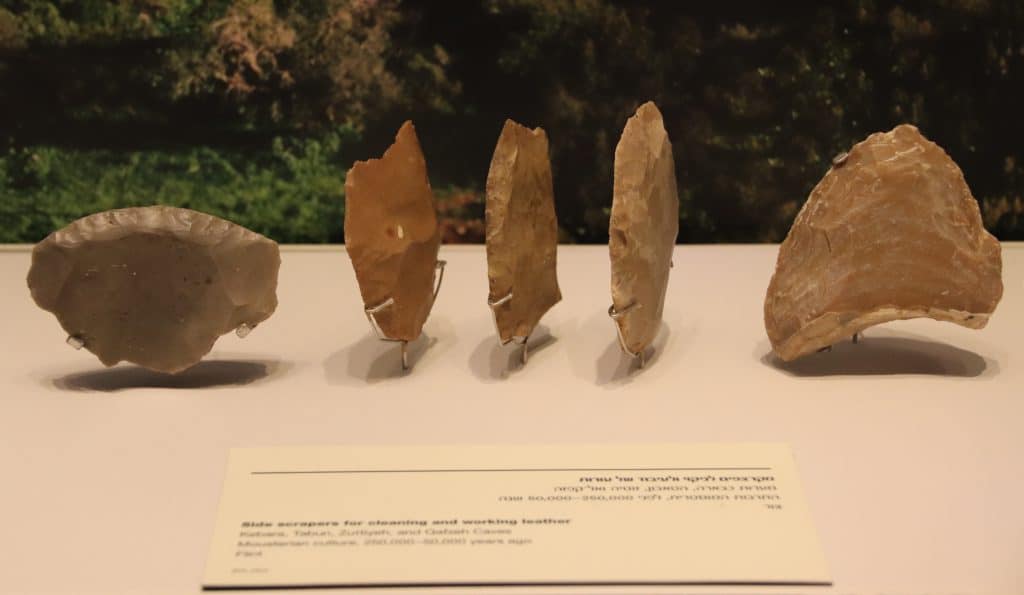
The Lower Paleolithic era was when early hominins, such as Homo habilis, Homo erectus, and early Homo sapiens, roamed the Earth. It was characterized by a profound connection between humans and their natural environment. Life was raw, challenging, and yet full of ingenious adaptations that would shape the course of our evolution.
Australopithecus

Credit: Neanderthal-Museum, Mettmann, CC BY-SA 4.0, via Wikimedia Commons.
Usage of Stone Tools
One of the most remarkable features of the Lower Paleolithic era was using stone tools. Our ancestors crafted these tools by chipping at rocks and fashioning sharp edges and points. This groundbreaking innovation marked a significant leap forward in human evolution. Enabling our forebearers to navigate their surroundings better, hunt for food, and defend themselves against predators. These stone tools, such as handaxes and cleavers, were a testament to our early human ancestors’ cognitive capabilities and resourcefulness.

Lower Paleolithic Era – A Society of Hunter-Gatherers
During this era, humans were predominantly hunter-gatherers, relying on their knowledge of the natural world to sustain themselves. They roamed vast territories, following herds of animals and foraging for fruits, nuts, and other edible plants. This nomadic lifestyle required a deep understanding of the environment and honed skills in tracking and hunting. Furthermore, it allowed humanity to adapt to various climates and landscapes.
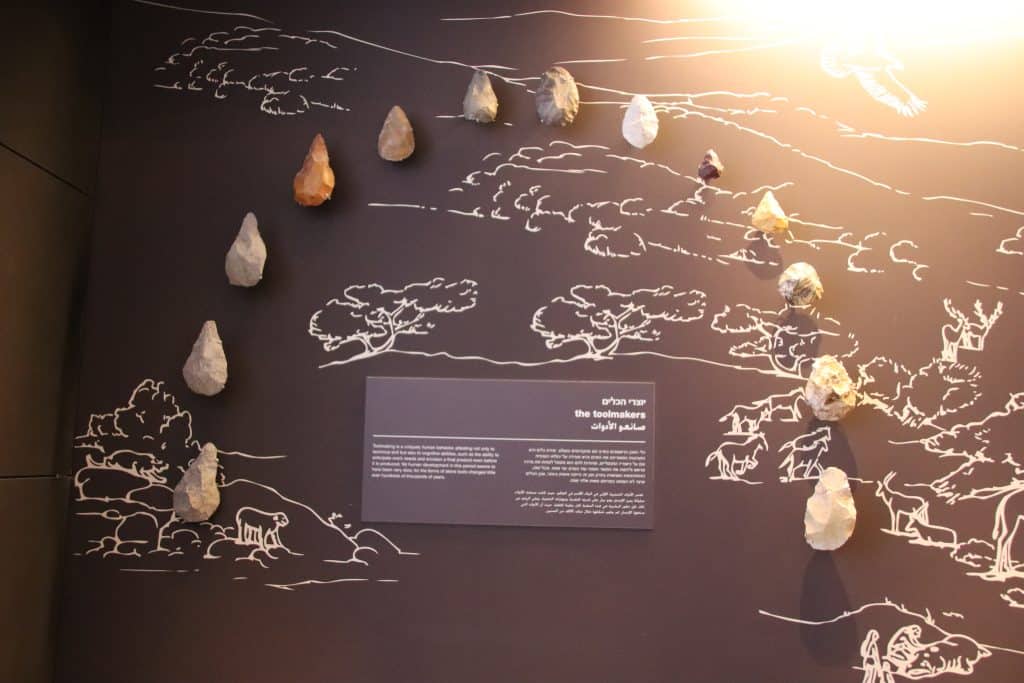
Mastering the Use of Fire
Fire played a crucial role in the lives of Lower Paleolithic humans. Mastering the use of fire was a monumental achievement that brought numerous benefits. It provided warmth, protection against predators, and a means to cook food, making it easier to digest and expanding the range of available nutrients. Fire also served as a social focal point, fostering communal gatherings and facilitating the transmission of knowledge and cultural practices.
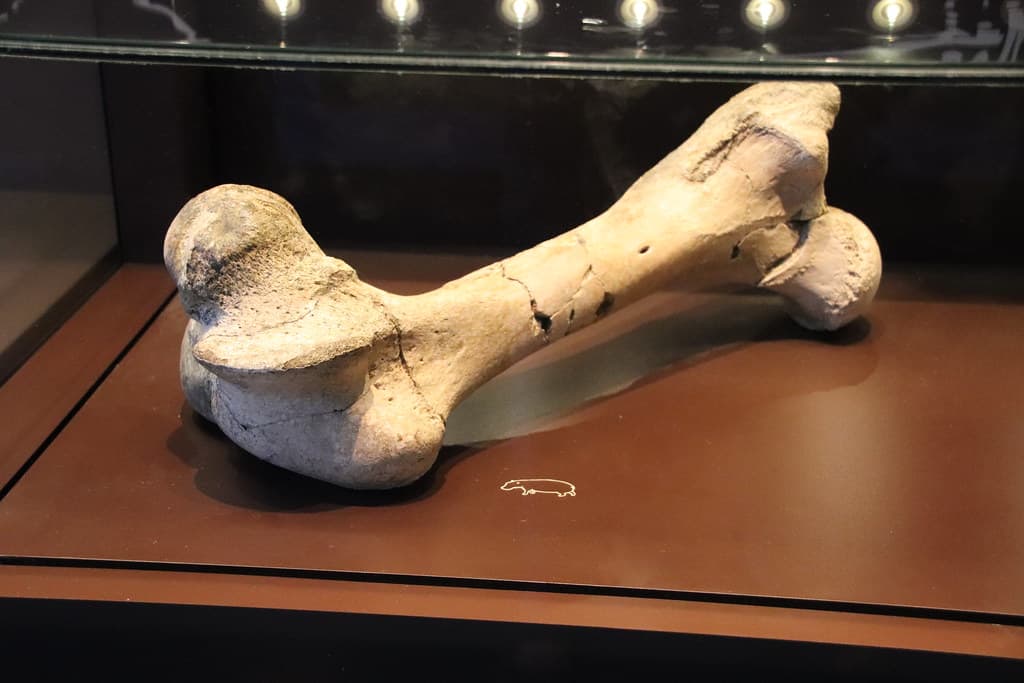
Although the Lower Paleolithic era was characterized by a lack of written records, evidence of early communication and social interaction can still be observed. Symbolic behavior emerged during this time, as evidenced by cave art, engravings, and personal ornaments made from animal bones or shells. These artifacts suggest the presence of language, expression, and perhaps even early forms of spirituality or ritual.
Lower Paleolithic Era – Adaptability is Key
Last, as we explore the Lower Paleolithic era, we must acknowledge our ancestors’ challenges. They had to contend with fluctuating climates, fierce predators, and the constant search for sustenance. Survival requires ingenuity, adaptability, and the ability to learn from their environment and one another. It is through these trials and triumphs that the foundations of human resilience and innovation were laid.
Stone Age Tour
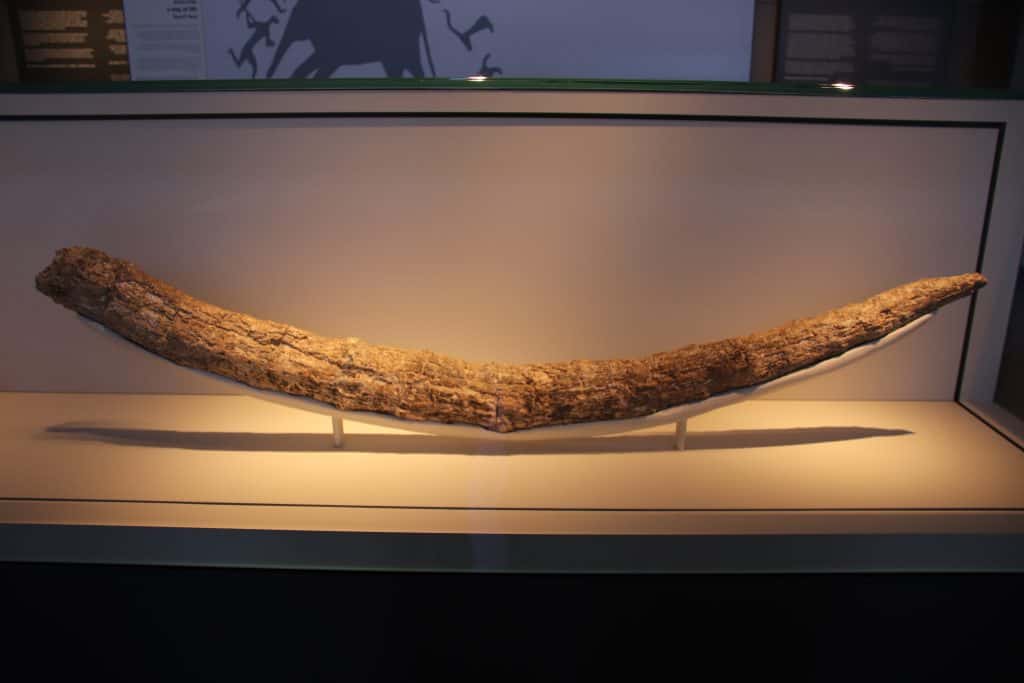
So studying the Lower Paleolithic era provides invaluable insights into our origins and the long journey that has brought us to the present day. It allows us to appreciate the remarkable achievements and tenacity of our early human ancestors and understand how their experiences shaped the course of our evolution.
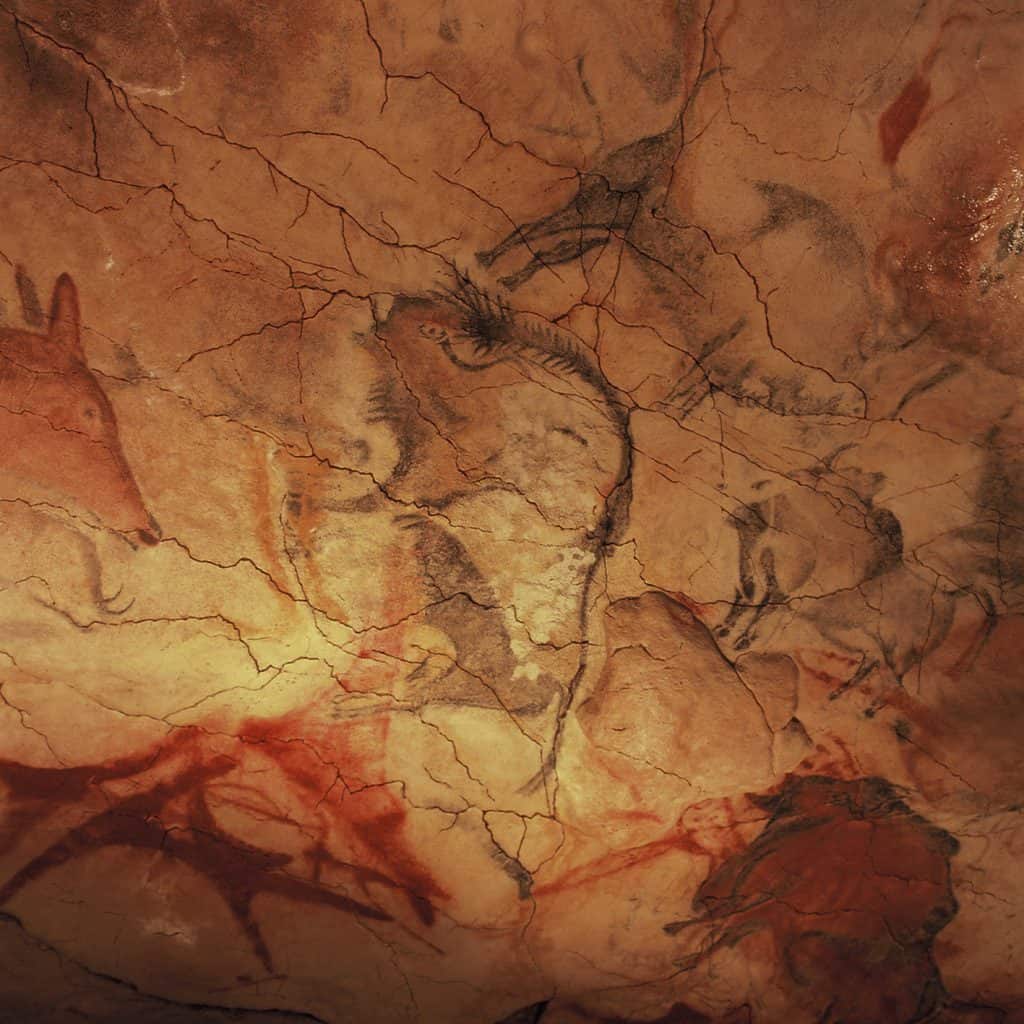
Credit: Yvon Fruneau, CC BY-SA 3.0 IGO, via Wikimedia Commons
So, let us continue to delve into the mysteries of the Lower Paleolithic era, unraveling the secrets of our ancient past and fostering a deeper connection to the roots of our humanity. Ultimately by exploring our origins, we can gain a profound appreciation for the remarkable journey that has brought us here, paving the way for our modern existence and igniting our curiosity about the countless stories that have yet to be told.

